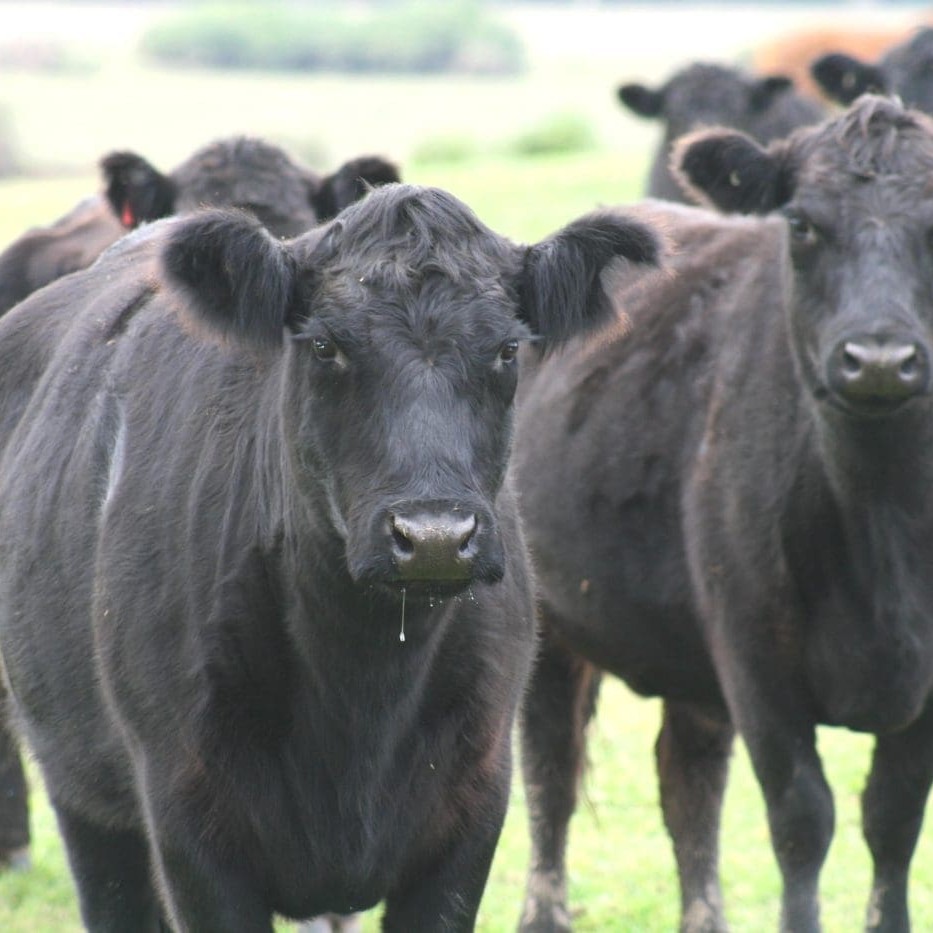 WHAT differences set profitable beef producers apart from others in the southern Australian beef industry?
WHAT differences set profitable beef producers apart from others in the southern Australian beef industry?
The recently released Meat & Livestock Australia Southern Beef Situation Analysis report aims to identify some of those factors, and also to demonstrate the opportunity that exists for most producers to improve their profitability.
The report, released earlier this week, is part of an ongoing series of reports commissioned by MLA over the past 15 years to assess the state of profitability, and factors affecting profitability, in the northern and southern beef industries and the lamb industry.
Findings of the Southern Beef Situation Analysis report included:
- Profits of beef enterprises in the last year are high in relative terms and second only to 2002 levels.
- When compared to alternative enterprise choices over the long term, average beef profits per hectare exceeded wool but lagged dual-purpose, prime lamb and cropping enterprises.
- Over the last 15 years the average maximum profit per hectare of beef enterprises was lower than alternative enterprises. This is part of the reason for the lower relative performance when compared with alternative enterprises over the long term.
- Greater per hectare production is a key driver of higher profits with the most profitable beef producers consistently producing an additional 75 and 100 kilograms liveweight beef per hectare than the average.
- Beef producers with relatively low profitability will generate more profit and greater profitability by focusing on improving efficiencies in their existing enterprises rather than by changing to alternative enterprises.
- Between-year variability in profit has been lower for beef enterprises than for all other livestock enterprises.
- Exceptional sheep meat and wool prices over the last few years have led to far higher sheep profits relative to beef profits. Crop profits have the greatest between-year variability and the greatest losses during drought.
- The most efficient and profitable beef producers have a combination of higher productivity and a lower cost of production. They do not have the individual highest productivity or price.
- There is a trend for increasing cost of production in beef enterprises but, at the same time, production per DSE and per hectare has also increased. A production increase has been necessary to offset the increasing rate of growth in both enterprise and overhead expenses.
- Labour efficiency is a good news story for beef enterprises. Top 20pc producers have seen increases in efficiency of 7,000 DSE per labour unit while average producers have seen increases of 4,000 DSE per labour unit over the last 10 years. Some of these efficiencies can be created at low cost while others require additional investment. The best labour managers now exceed 20,000 DSE per labour unit.
- Improvements in productivity require assessment of return on investment. Implementing systems that match feed supply with feed demand by and improving pasture utilisation are usually the lowest cost gains and, thus, should be the first steps. Growing more pasture should be a secondary consideration.
In the main, increasing productivity in the herd is achieved through:
- Optimising stocking rate – cost-effectively maximising and matching feed supply and demand, and the conversion of pasture into saleable product;
-
Ensuring optimum age and weight at sale – cost-effective management of nutrition and breeding to optimise specification compliance with the target market(s).
To view the full Southern Beef Situation Analysis report click here
